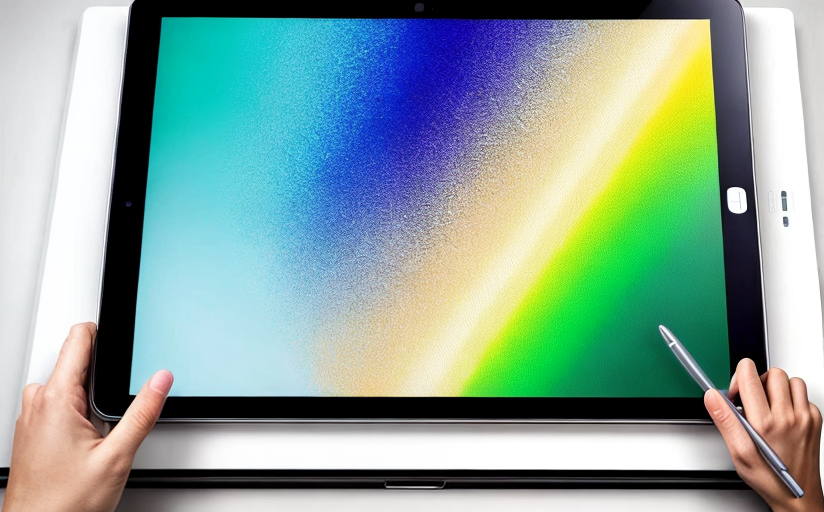Digitalization and Contemporary Art: An In-depth Analysis
The current wave of digitalization has proven instrumental in reshaping not only the global economy, politics, and society but also significantly transforming the world of art. It has introduced a series of opportunities and challenges that have indelibly influenced creative practice, audience engagement, and market structures within the art sector.
The Rise of Digital Art Platforms and New Media Art
Digital art platforms have emerged as a key player in the art world, democratizing the accessibility and sale of artworks. Online galleries and marketplaces such as Artsy, Sedition, and Saatchi Art have fostered a global community of artists, collectors, and enthusiasts, breaking down geographical barriers and creating an expansive and diverse digital art marketplace.
New media art, which encompasses art forms that rely on digital technologies, has also gained prominence due to digitalization. It includes various sub-genres such as digital art, computer graphics, computer animation, virtual art, Internet art, interactive art, video games, computer robotics, 3D printing, and art as biotechnology. An increasing number of artists are exploring and merging different new media formations, offering an immersive and interactive experience to the audience.
The Impact of Social Media
The influence of digitalization can also be felt through the impact of social media on the accessibility and display of contemporary art. Social media platforms like Instagram have become a medium in their own right, hosting a plethora of digital artworks and providing artists with the opportunity to create, share, and build an audience without the traditional gatekeepers of gallery spaces.
However, this development also poses challenges. The digital space is crowded and demands constant engagement, which can sometimes skew the focus more on marketing than on the creative process. Additionally, issues of copyright and fair use often arise due to the ease of replication and distribution in the digital sphere.
Artists Embracing the Digital Age
Many contemporary artists are embracing the digital medium, leading the way in this transformation. Artists like Rafael Rozendaal, who creates interactive websites as artworks, Ian Cheng, known for his live simulations, or the iconic digital artist Beeple, whose NFT-based work sold for a staggering $69 million at Christie's, represent artists at the forefront of digital art innovation.
Together, they exemplify a synthesis of creativity and technology, crafting a unique artistic language that speaks to the twenty-first-century audience accustomed to immersive, interactive, and on-demand digital experiences.
Art’s digital transformation, therefore, signifies both a continuation and a seismic shift in the art world’s evolution — a shift that provokes exciting opportunities, critical dialogues, and enduring challenges for artists, art institutions, and audiences alike.




















Comments
Leave a Comment